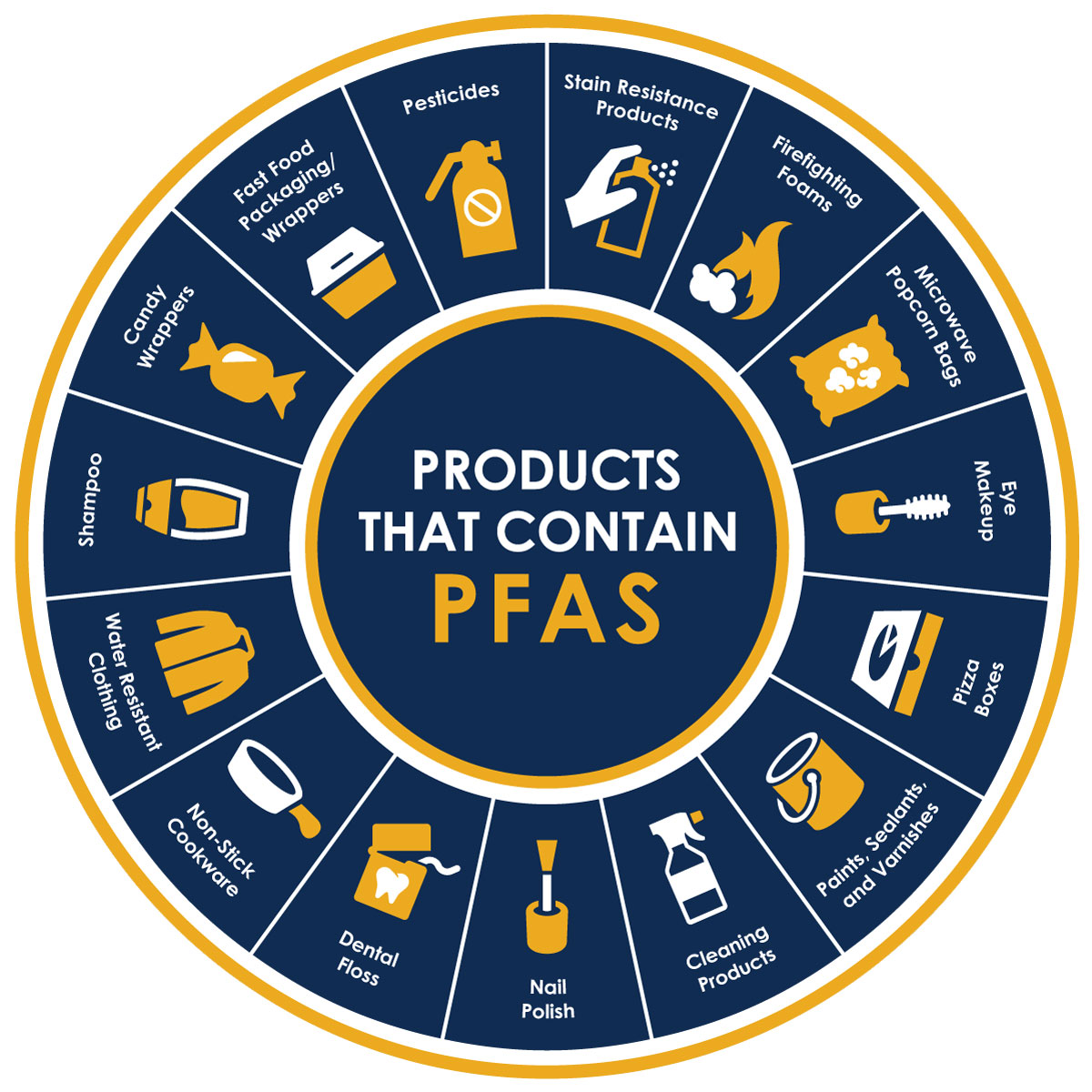The April 10th issue of WBUR Today features a valuable synopsis of the Biden Administration’s first-ever PFAS regulations. The article includes several helpful links. Here it is in full:
| It’s official: The Biden administration announced this morning it’s set the first national regulations for PFAS, the “forever chemicals” often found in drinking water. Every municipal water system in the country will be required to test for — and limit — five PFAS chemicals within the next five years, according to reporting from WBUR’s Barbara Moran. Here’s what we know so far on how the new rules will affect Massachusetts: How are the new rules different from Mass.’s current rules? For starters, they’re a little stricter. We are one of 10 states with our own PFAS rules, and our regulations are already pretty strict: 20 parts per trillion for the sum of six PFAS chemicals, including PFOA and PFOS. The new federal rules will limit the two most common of the toxic chemicals — PFOA and PFOS — to four parts per trillion in drinking water. The additional three chemicals included in the regulation will have a cap of 10 parts per trillion in drinking water. The other main difference is that Mass.’s current rules cover a slightly different set of chemicals. What’s the plan for making the change? Massachusetts Department of Environmental Protection spokesman Ed Coletta said in a statement the state will readjust its PFAS standards “at least as stringent as the new federal regulatory level,” and complete the regulatory process within three years. But Jennifer Peterson, executive director of the Massachusetts Water Works Association, told Barb it will be costly. While this morning’s announcement included nearly $1 billion in new federal funding to help states implement the coming rules, she said “we need $15 billion over the next 20 years to maintain compliance with existing standards. So, you know, any money that we’re getting isn’t sufficient to cover what we need.” Zoom in: All public water systems in Massachusetts have been tested for six PFAS compounds, and 170 water systems had at least one source over the state limit as of 2023. Since then, almost all systems have found ways to address PFAS in drinking water under the current limits — but it came at a cost. Littleton already spent about $30 million to deal with it. Rewind…what are PFAS and should I be freaking out? We cover that question exactly here. But basically, they’re chemicals that don’t degrade easily, meaning they stick around in your body and the environment for a long time. We’ve been using them in food packaging, cookware, clothing and more for decades, but now they’re in our water supply. Here are some other helpful reads from WBUR to stay in the know: Tracing the path of toxic ‘forever chemicals’ inside the body PFAS expert tips: How to reduce your exposure to harmful ‘forever chemicals’ Toxic ‘forever chemicals’ force Mass. towns to face ‘true cost of water’ Private well owners stuck with costs to treat ‘forever chemicals’ |
The authors are Meagan McGinnes and Hanna Ali.
Image: Amherst Indy


